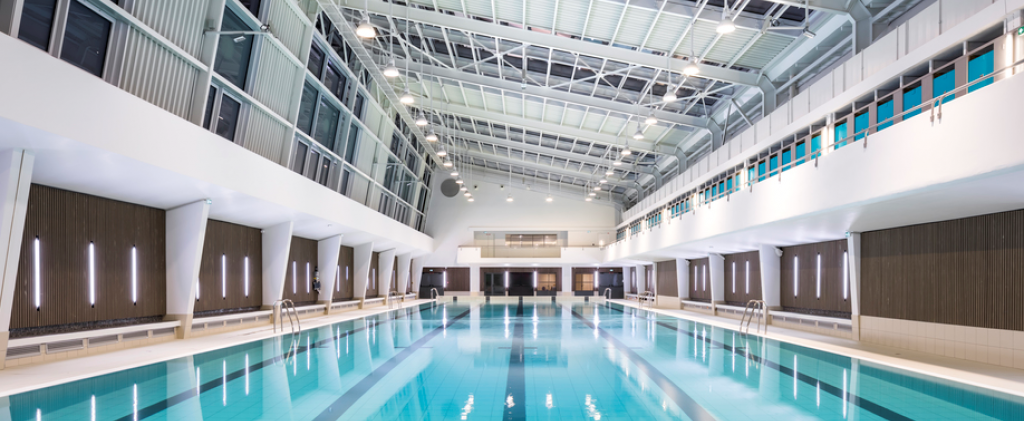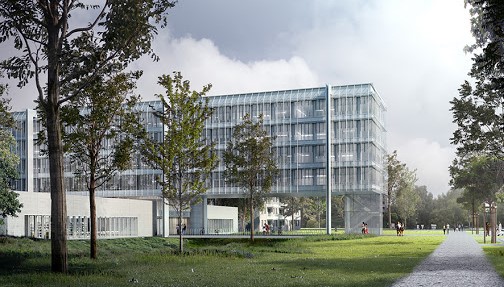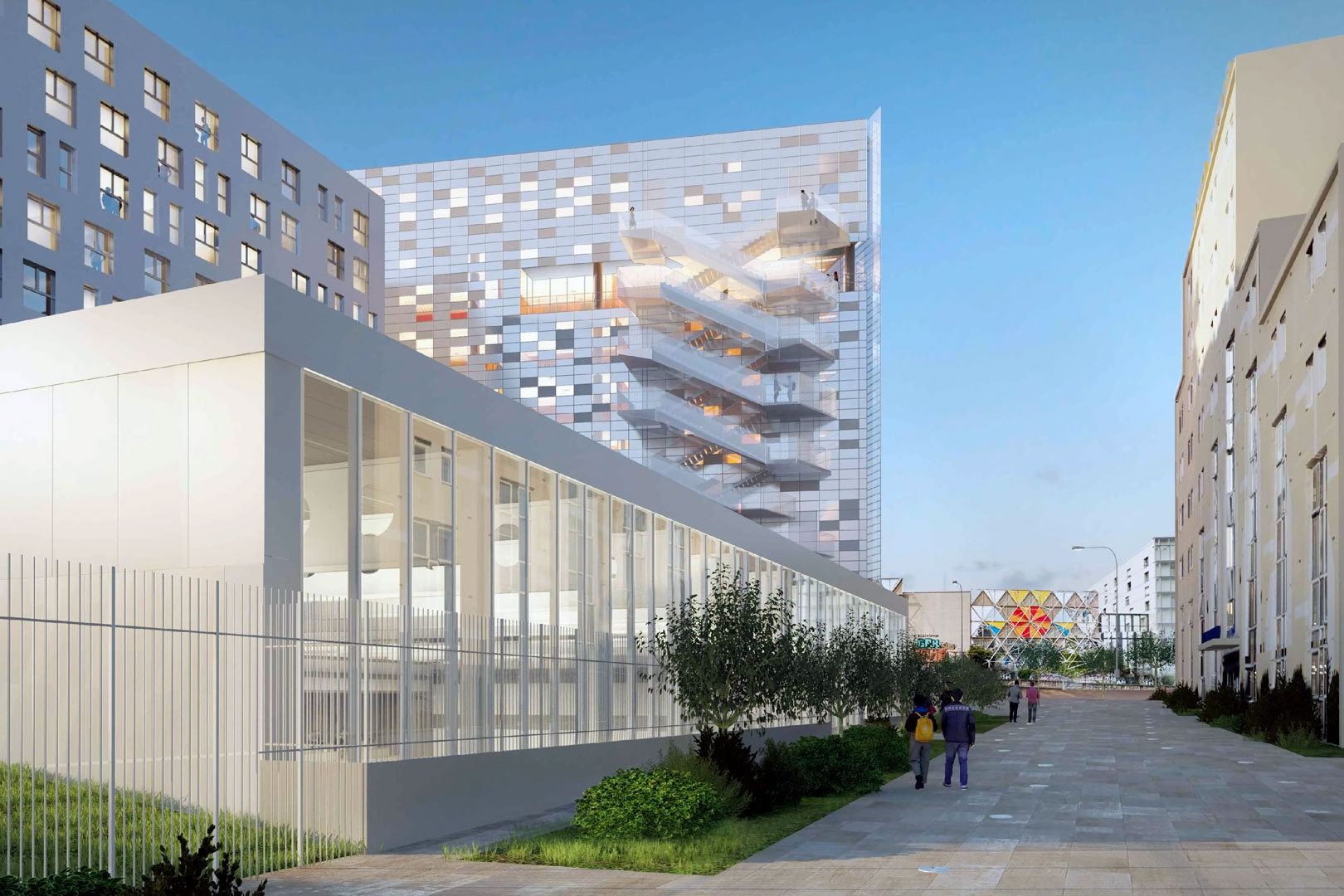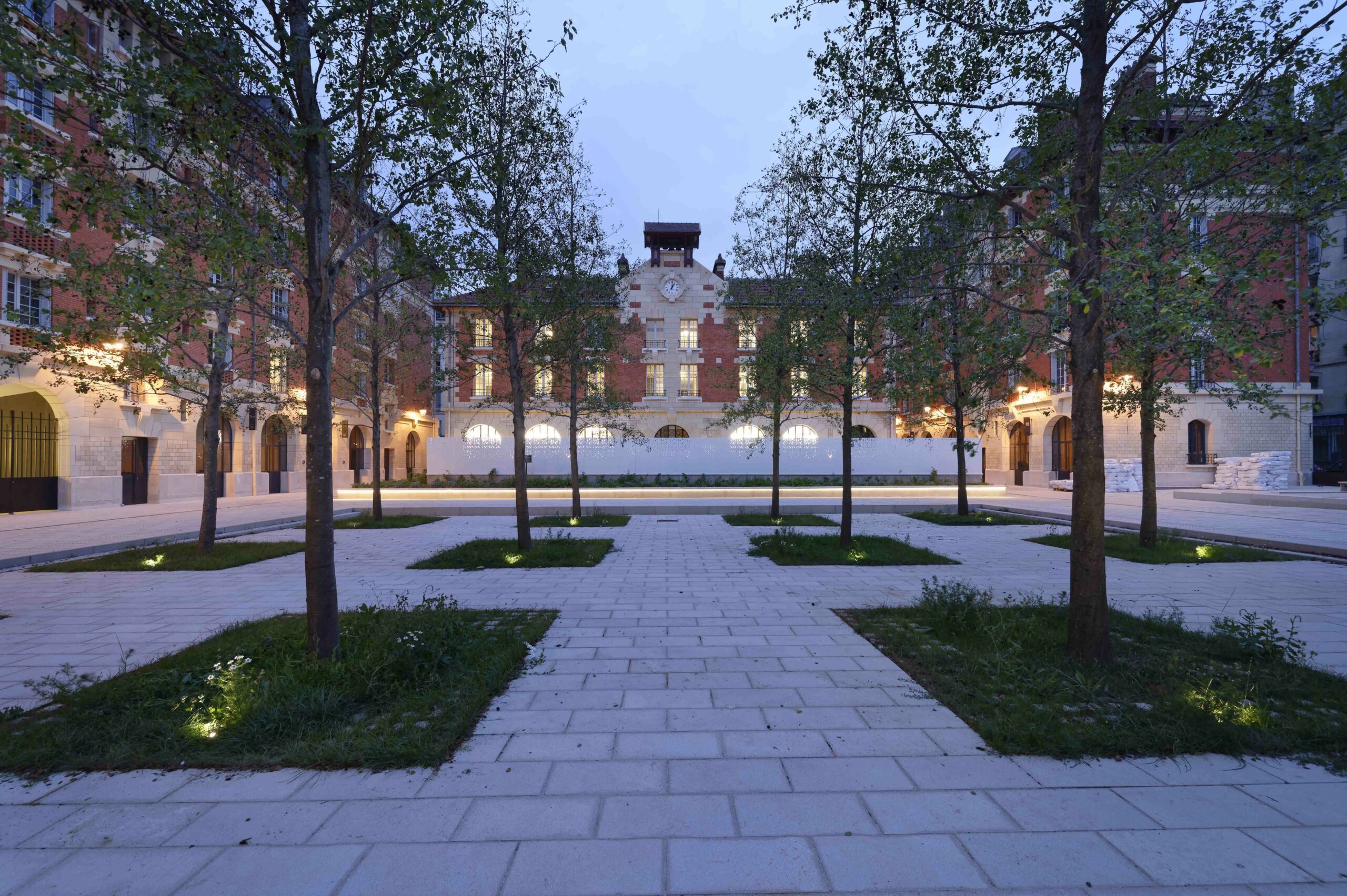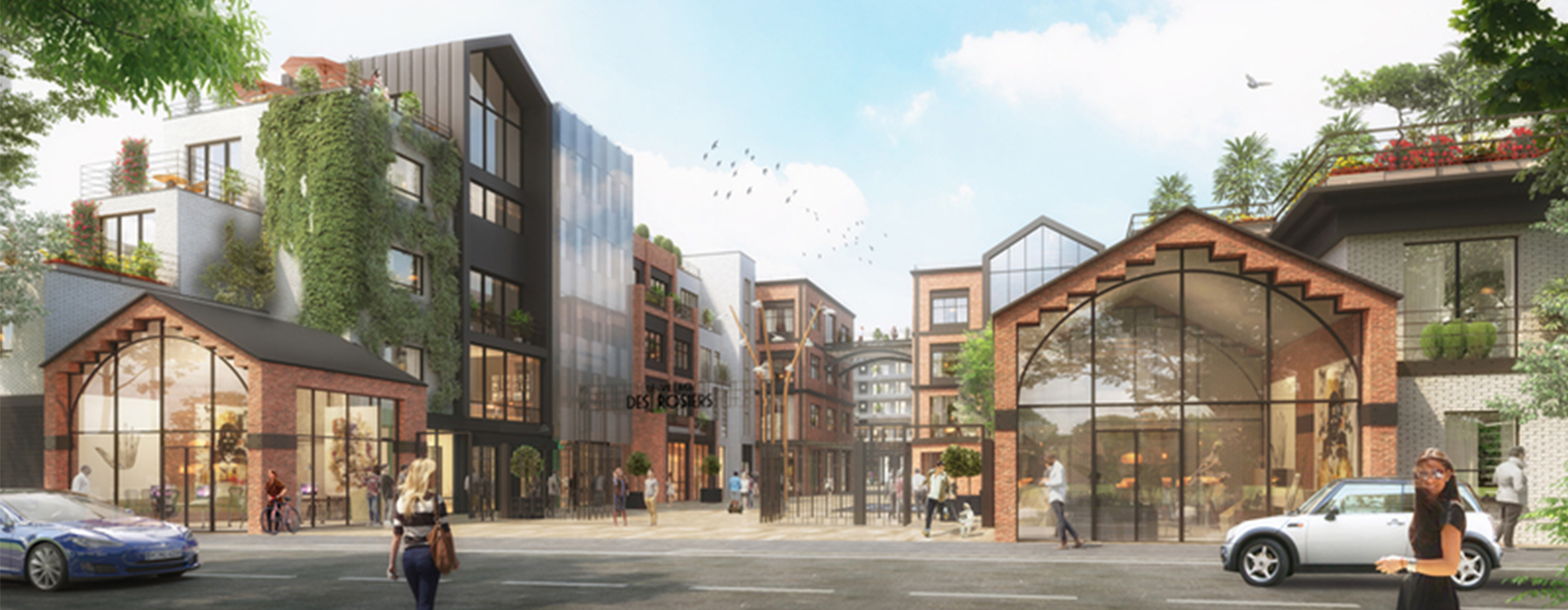Technical Inspection: Regulatory requirements
Established by the Spinetta Law, Technical Building Control aims to prevent technical risks that may lead to damage and to verify compliance with construction best practices.
Technical Inspection: Your Challenges
- Guarantee the durability, compliance, performance, and occupant comfort of your structures.
- Obtain the ten-year insurance guarantee under optimal conditions.
Design or execution defects in construction or renovation projects can seriously impact structural integrity, occupant safety, accessibility for disabled persons, as well as energy and acoustic performance.
Mandatory Technical Inspection Missions
Mandatory missions are imposed by the Spinetta law, the housing code, and other regulations.
Mission Type L
Related to the structural integrity of buildings and inseparable new equipment elements.
Mission Type S
Related to the safety of persons within buildings (includes SH, SEI, and STI missions).
Complementary Technical Inspection Missions
Mission Type PS
Safety of people in buildings during earthquakes.
Mission Type P1
Structural integrity of equipment elements not inseparably linked.
Mission Type F
Functionality of installations.
Mission de type Ph
Acoustic insulation.
Mission Type Th
Thermal insulation and energy savings.
Mission Type HAND
accessibility of buildings for persons with disabilities.
Mission Type BRD
Stretcher transport within buildings.
Mission Type SH
Safety in residential buildings.
Mission Type STI
Safety in tertiary or industrial buildings.
Mission Type Phh
Acoustic insulation in residential buildings.
Mission Type LE
Structural integrity of existing buildings.
Mission Type Pha
Acoustic insulation in buildings other than residential.
Mission Type AV
Stability of neighboring buildings.
Mission Type ENV
Environmental aspects.
Mission Type GTB
Technical building management.
Mission Type PV
Collection of test reports on installation functionality.
Mission Type CO
Coordination of control missions involving multiple technical controllers.
Mission Type CABL
Verification of IT and telephone cabling against contractual specifications.
Mission Type HYS
Hygiene and health in buildings.
What Risk Control Offers
Based on our experience and an optimized risk analysis method unique to Risk Control, we provide recommendations at every stage of construction, from design to final delivery.
Our technical control interventions are formalized at each project phase:
- Design Document Review: Initial Technical Control Report (RICT)
- Execution Document Review: Document Examination Sheet (FED)
- On-site Control: Site Visit Sheet (FVC)
- Reception Phase: Regulatory Verification Report After Work (RVRAT) and Final Technical Control Report (RFCT)
- During the Year of Final Acceptance: Updated Final Technical Control Report (RFCT)
Why Choose Risk Control?
Risk Control is a trusted partner widely recognized in the construction industry for its expertise and competence.
Our human-sized team has developed sustainably, adapting to market conditions.
Our engineers are responsive, available, and have the best qualifications to carry out the technical control mission entrusted to us.
To optimize the use of our recommendations, Risk Control has developed an internal collaborative platform called IMPACT ( stands for Illustration of the Programmed Management of the Technical Controller’s Opinions).
IMPACT enables the creation of a structured hierarchy facilitating traceability of all technical control points, managed by our Technical Department by mission and phase, from design to execution.
Impact is accessible externally to our clients: for every recommendation issued or lifted, you receive an email notification, allowing direct access to the platform to monitor progress and status in real time.
We also integrate our reports into the document management platforms used on site alongside other intellectual service providers.
Finally, all our technical controllers have the necessary tools to work paperless.
Our External Recognitions
Risk Control is authorized to perform technical control missions:
- Technical Inspection Accreditaion Accreditation granted by the Ministry of Territorial Cohesion and Relations with Local Authorities for the following domains:
- A1: All building works for all control missions (all buildings)
- D: All civil engineering works for all control missions
- COFRAC Accreditation (type A organization) No. 3-0959 for activities including:
- Electrical installations
- Mechanical transport
- Thermal and fluid systems
- Radio communications
- Building and civil engineering
